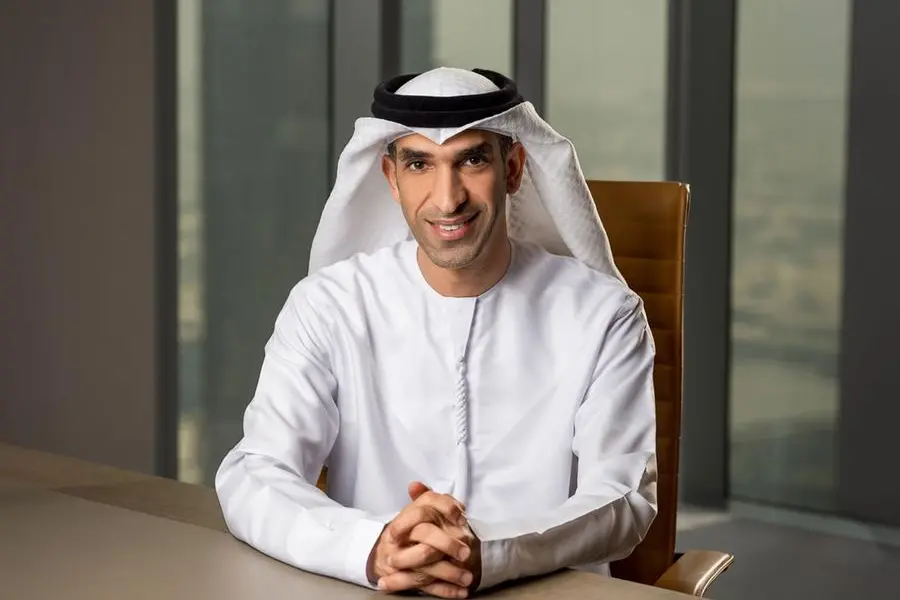Take women’s empowerment as an example. We are 202 years away from achieving gender equality, and the gap is widening. This sorry situation is a lost opportunity. The women, their families, local communities, economies and the world all lose out. In fact, empowering women could add $28 trillion to global GDP by 2025.
It has been estimated that achieving the SDGs by 2030 will require roughly $5 trillion to 7 trillion of annual investments. This leaves us with a financing gap of between $2.5 trillion and 3 trillion annually, and for each year we fail to close the gap, the price tag grows.
Sustainable development is often confused with development assistance. In 2017, official development assistance provided by government “aid” agencies totaled around $147 billion. These are the funds that help alleviate human suffering, fight disease outbreaks and prevent famine. But they cannot — and should not — stand alone.
So who has the capacity to finance sustainable development? Governments do not have that kind of cash to spare. Meanwhile, there is a collective misconception about how the private sector can address this gap.
First, allow me to put the numbers in perspective. Last year, total global GDP was $75 trillion. This means that aligning just 3 percent of the world’s economic output with the SDGs would cover the estimated shortfall. If we could activate just 1 percent of available wealth assets behind the SDGs (according to Credit Suisse, this totaled $280 trillion in 2017), we would be able to close the gap.
Let’s create financial tipping points for the SDGs
This is not to belittle the significant challenge financing the SDGs presents. At the most fundamental level, we need to rethink our economies and their incentive structures. In today’s world where natural resources are scarce and our earth systems are under growing pressure, economic growth to the detriment of our global commons is no longer an acceptable business model.
Forward-looking businesses are latching on to this way of thinking. As an example, more than 1,400 multinational businesses have set an internal carbon price that places a monetary value on greenhouse gas emissions which businesses then can factor into investment decisions and business operations.
Closing the financing gap for the SDGs is really about unlocking economic opportunities. Tackling climate change could unlock a $23 trillion investment opportunity by 2030 in emerging markets alone.
The truth is that sustainable business is good business. Report after report provides irrefutable evidence that companies delivering total value for people, planet and profit significantly outperform their competitors and deliver higher margins.The economic value of sustainable business has come to the attention of investors and asset managers. Investors are increasingly demanding information on the Environmental, Social and Governance (ESG) impacts of their investments. BlackRock, for example, established a range of sustainable exchange-traded funds (ETFs) last year in response to this demand.
Significantly, BlackRock announced that it indicates what percentage of issuers within each ETF are in violation of the Ten Principles of the U.N. Global Compact as a core component of their ESG disclosures. This is very good news because it shows that principles really count.
Such initiatives by BlackRock, BNY Mellon and other asset managers have the potential to mainstream sustainable finance and drive behaviour change within and outside the investment sector. The companies they invest in will have a strong incentive to strengthen their ESG transparency. And individual investors will have access to important information, enabling them to make investments while also ensuring they help finance and shape the world they want.
A call to action
The U.N. Global Compact is working to provide a clear way for business to advance the SDGs. At the core of our effort is the integration of SDGs into corporate strategy, empowering companies to account for their SDG impact. Beyond that, through our Financial Innovation for the SDGs Action Platform, we are working with corporates to:
1. Explore SDG Bonds when raising debt
Building on the emergence of a $173 billion green bond market, innovation in other sustainability-themed bonds, such as water bonds and social bonds, is growing. Examples include the QBE Insurance Gender Equality Bond (launched in 2017). Issuing companies who are taking action on the SDGs should consider tapping into this market as institutional investors continue to expand their sustainable investing portfolios.
2. Apply an SDG-lens to corporate pension fund investments
Companies have significant influence as sponsors of corporate pension plans. These plans — valued around $19 trillion globally — can play an important role in enabling employees to invest their savings in creating a more sustainable world. Many of these pension funds have yet to adopt ESG strategies. Responsible investing also boosts the credibility of the sponsoring company and can improve employee retention.
3. Take an SDG approach with Foreign Direct Investments
Enlightened CEOs recognize that financing the SDGs is not only relevant to investors and sustainability officers. Through their foreign direct investments (FDI), companies can make significant capital allocations that drive positive social and environmental impacts. Global flows of FDI totalled an estimated $1.2 trillion in 2018.
These three steps constitute a call to action that companies can start working on today. Enabled by new, more enlightened financial products and services, investors everywhere have the opportunity to enhance their financial performance while investing in SDG impact for people and planet.
Lise Kingo is CEO and executive director of the United Nations Global Compact, the world’s largest corporate sustainability initiative.





